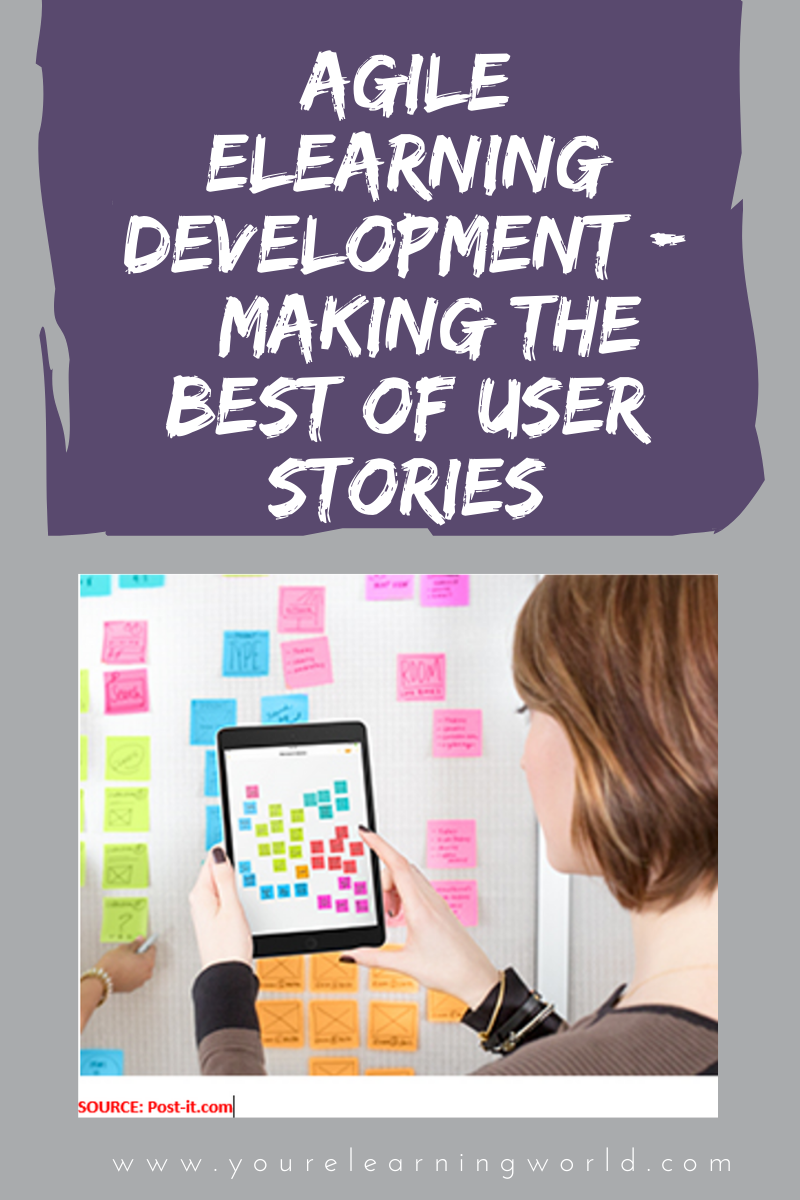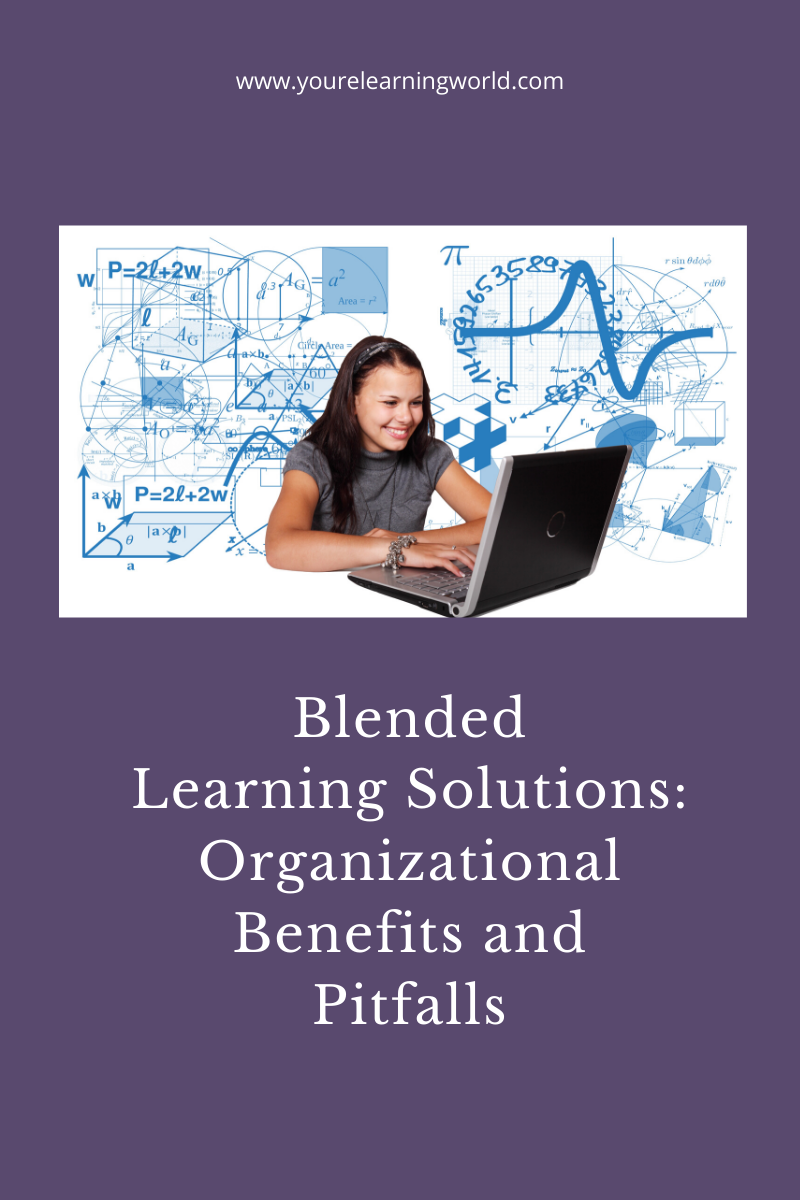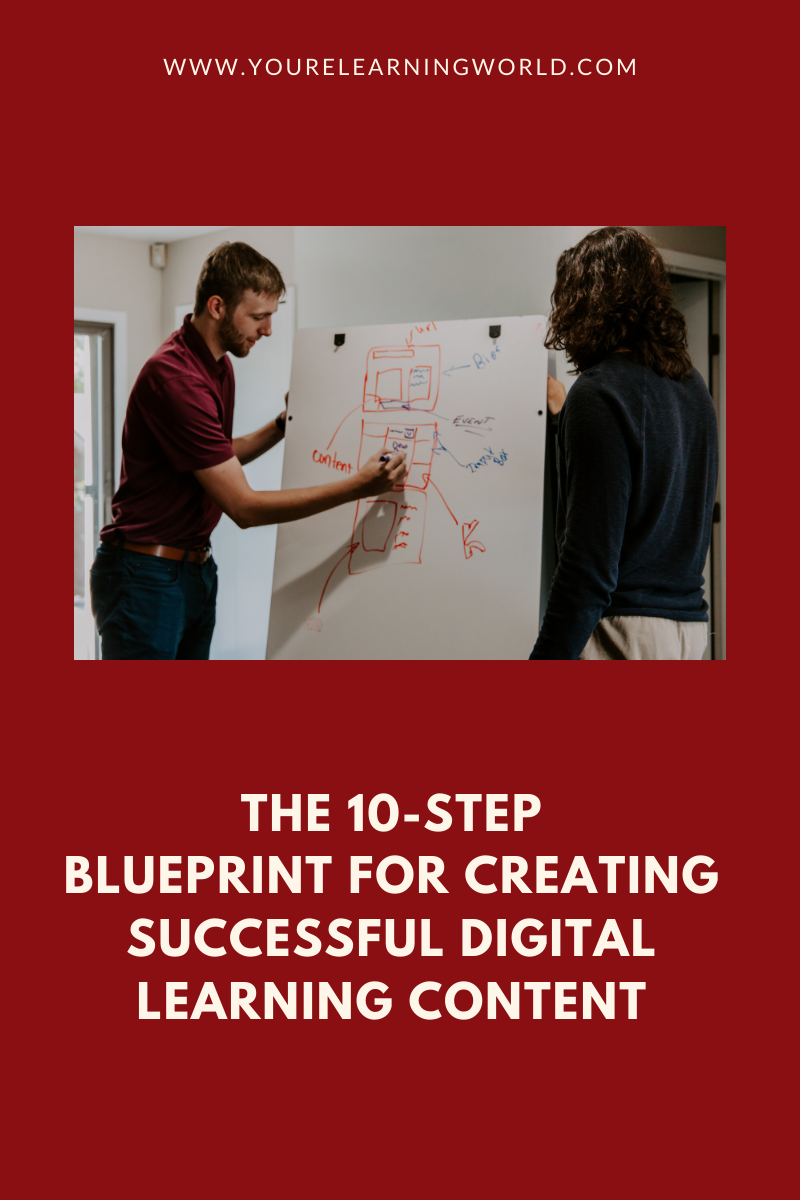At the center of every agile eLearning development project are the User Stories that underpin that initiative. Juxtapose those stories to the countless amounts of documents that you would create to describe the solution using other methodologies – like ADDIE. That’s not to say that User Stories completely replace all the requirements and design specifications. However, they (User Stories) give solution designers and developers a unique view of the solution from a users’ perspective. How to Frame User Stories Think of User Stories as individual features and functionality traits that users would like to see the solution deliver. These traits will differ/depend upon: The role <Type of User> the user plays when interacting with the solution The outcome <goals or objective> they are trying to produce in that role The value proposition <reason or benefit> they expect from accomplishing those goals Typically, here’s how you would frame a User Story: In … [Read more...] about Agile ELearning Development: Making the best of user stories
The ELearning Course Designer’s Blog
Agile ELearning Development: Secrets of Agile meetings success
Meetings are an integral part of any corporate process, including developing eLearning content and courses. BUT…there’s a catch to meetings: They can be taxing on participants (mentally, physically and emotionally), and can be a drain on valuable resources. But there’s good news too: As an eLearning development professional, you can make meetings productive and yet not spend as much time as you currently do. Read on to learn how! The facts about meetings According to research cited by the Harvard Business Review, over the past 5-decades, the number of hours a week spent in meetings has increased by over 130%. Despite technological innovations that cut-down travel, improve communication and enhance collaboration, corporate America spends nearly 23-hours a week in meetings versus less than 10-hours back in the 1960s. In an eLearning development project context, you analyze requirements in meetings, firm up designs, develop learning content and interfaces, and … [Read more...] about Agile ELearning Development: Secrets of Agile meetings success
4 Proven Secrets for Writing Highly Effective ELearning Courses
As eLearning course writers, many of us may think we have a “routine” to create highly effective courses down pat. However, over time, we tend to take some of the basics of efficient course writing for granted. In due course, we may even prefer short-cuts, like diving directly into Storyboarding - instead of doing some analysis and planning upfront. Here are four proven secrets (more like best practices, actually!) for writing highly effective eLearning courses. Newcomers to the field will especially benefit from these tips because not only will they aid in producing engaging content, but will also bring efficiency into the course writing process: Secret#1 - Storyboarding: Your course blueprint Storyboards are critical elements of the design process for the eLearning project. They form the building blocks over which instructional designers create the detailed structure of the course. So, why use templates? Because they…: simplify the process of course design add an element of … [Read more...] about 4 Proven Secrets for Writing Highly Effective ELearning Courses
Blended Learning Solutions: Organizational benefits and pitfalls
In a world where we are all focused on everything “on-demand”, blended learning solutions offer a refreshing compromise for learners, training professionals and instructional designers alike. However, like every corporate training strategy available, blended learning comes with a unique set of pluses and pitfalls that organizations should be aware of. Understanding Blended Learning To make the most of what it has to offer, you need to understand what it means to blend instructional approaches as part of your overall organizational training strategy. Blending is a hybrid approach to training, where on-demand training (delivered via a combination of methods including virtual labs, videos, and podcasts) and instructor-led teaching are fused together into a coherent and unified training strategy. Parsing this description further, we need to understand that: Blended learning is not the same as using instructional videos or online content for in-class/in-person training Neither is it … [Read more...] about Blended Learning Solutions: Organizational benefits and pitfalls
The 10-step Blueprint for Creating Successful Digital Learning Content
Whether you are producing online How-To guides for corporate clients, DIY Instructional content as a freelancer, eLearning courses for adult learners or other digital educational media for your employer, your objective is likely the same: To successfully engage, educate, and enlighten your audience. And to do that, you need to produce equally engaging and informative content. If learners don’t find your content appealing, they’ll likely tune-out within the first few minutes of the course. So, how does one create successful digital learning content and eLearning courses? Read on to discover a 10-point blueprint to doing it right. The 10-Step Blueprint In digital learning terms, success is about learners consuming your content, and whether they (eLearners and digital content consumers) accomplish their learning objectives as a result. If you meet those two criteria with your content, your audience, clients and other stakeholders will deem your courses a success. Use the following … [Read more...] about The 10-step Blueprint for Creating Successful Digital Learning Content
How To Create Next Generation ELearning
Way back in October 1999, during a seminar on Computer Based Training (CBT) in Los Angeles, a new phrase was introduced to the audience for the very first time – eLearning. Back then, while Internet access to the masses was restricted, training course developers (mostly programmers and IT professionals) still managed to produce eLearning courseware accessible through intranet, CD-Rom, and – to a lesser extent, via a handful of websites. Today, with instant communication available to the masses and cloud-based learning on the rise, the next generation of eLearning is poised for takeoff. In this article, we’ll talk about what it will take to create next-generation eLearning. Guiding Principles On How To Create Next Generation eLearning The next generation of eLearning will be based on an eclectic view of learning, and not focused on single viewpoints such as socio-constructivism or behaviorism. The guiding principles for an eclectic-focused eLearning environment of the future will, … [Read more...] about How To Create Next Generation ELearning






